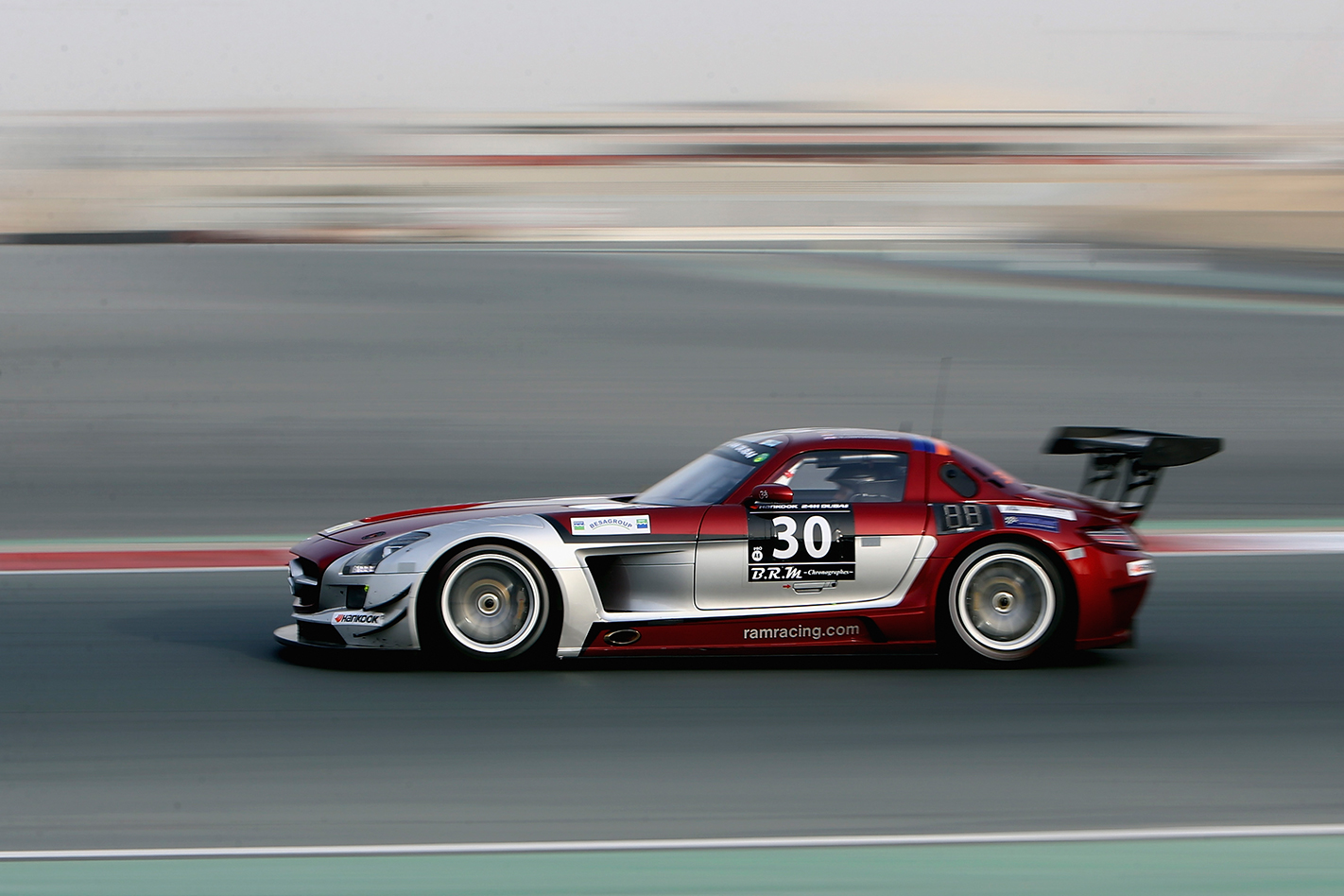In another life Erno Rubik probably would have made a good race track designer.
In 1974, the Hungarian sculptor and architect invented one of the most popular puzzle toys in the world – the Rubik’s Cube. The key to its popularity was in making something that looked straightforward fiendishly difficult to master. More than 40 years after it first began being mass-produced, the multi-coloured toy continues to baffle and challenge puzzle enthusiasts around the world.
A great race track is much like a Rubik’s Cube. It should engage and intrigue on a number of levels, delivering a lasting test because, for the most part, a motorsport circuit is designed and built just once.
The well of information informing race car set-up is deep, and drivers have never been as information-rich as they are today. And yet there are race tracks that even decades after they were first built, continue to challenge and confound racers and engineers alike.
Clive Bowen, the Founder and Director of Apex Circuit Design and a veteran of the industry calls these features “mistake generators”. Bowen, along with Apex’s Design Director, Dafydd Broom, spoke to MOTOR recently to discuss the art and science of modern race track design.
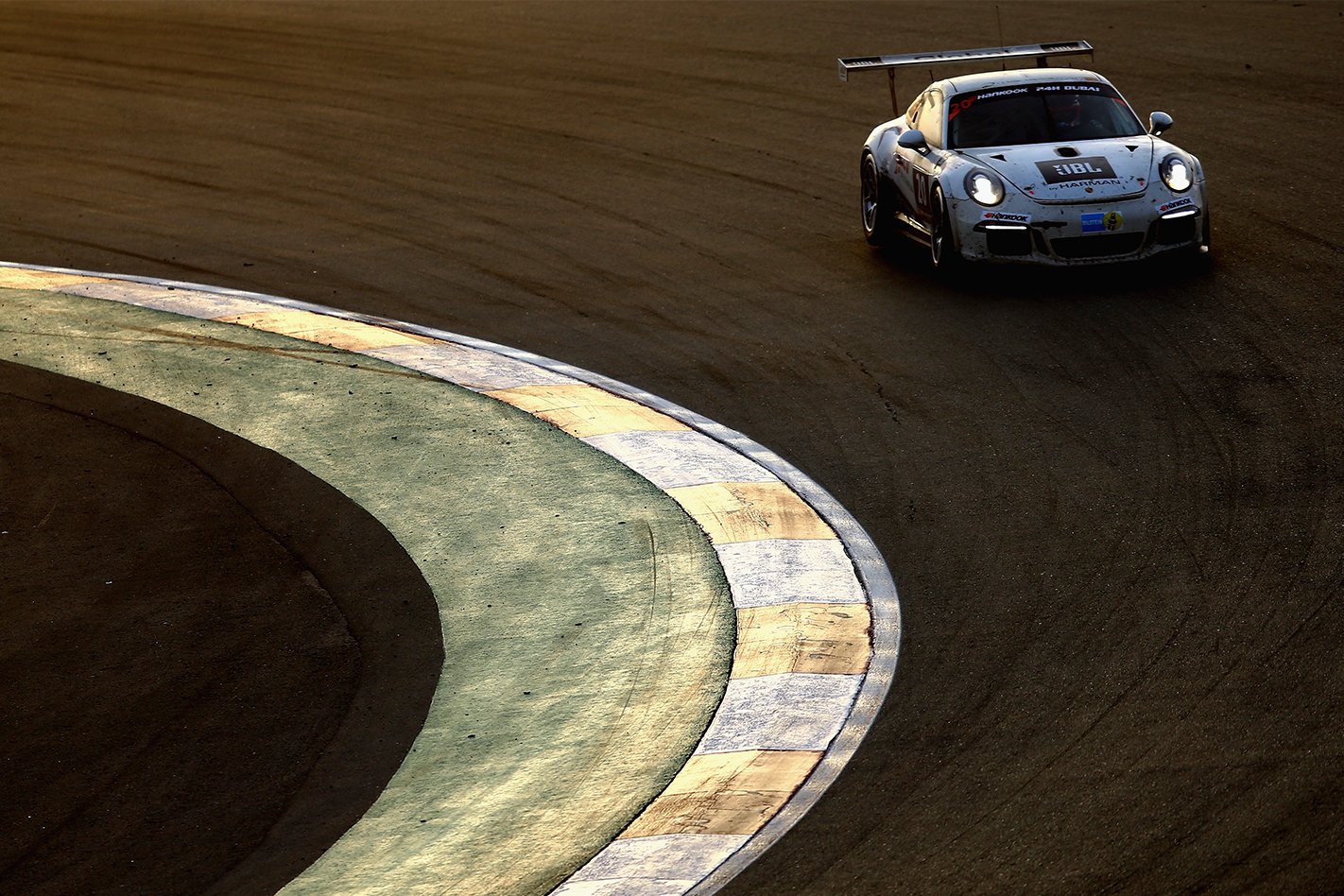
As a way of introduction to the industry, Bowen’s very first project was the Dubai Autodrome. Since then, the firm he started has worked on numerous permanent motorsport facilities, temporary street circuits, and manufacturer proving grounds around the world.
While both Bowen and Broom are based in the United Kingdom, Australians will probably recognise the pair’s work through Sydney Motorsport Park (nee Eastern Creek)’s redesign, and the Kuala Lumpur street circuit that Supercars held an exhibition race at in 2015. They are also currently working on two of the most exciting projects locally – the Cardinia Motor Park complex in eastern Melbourne, and a new permanent track at Mount Panorama.
To build that perfect Rubik’s Cube-like challenge, the team at Apex have to think about their designs from multiple angles.
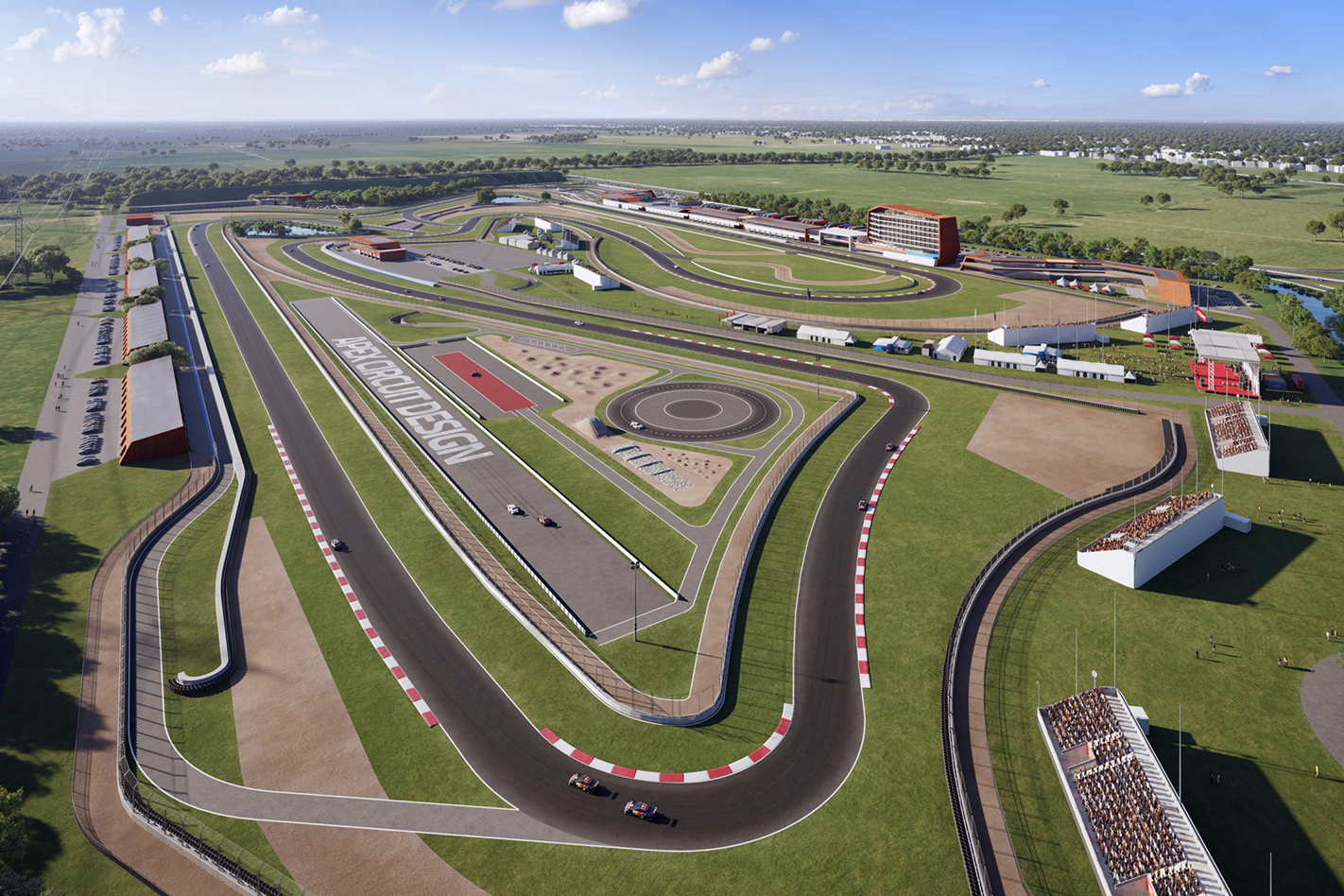
“Everyone talks about turns, but race-track design is about sequencing. What you need to be able to do is think as a race engineer, you need to think as a race driver, and you need to think of a race circuit as part of a dynamic environment that a race car is working in,” Bowen explains.
“You want to have areas where you are losing traction, you want to have areas where you have an opening radius so you can accelerate out in close proximity to the guy in front because you are setting up for a pass on the straight that follows. There is a lot of science and physics behind the processes.”
Much like driving fast, refined circuit design is a test in restraint. Be too greedy and it will bite you.
“If you design a track to be testing the car everywhere, then there is no time to breathe,” Bowen adds.
“You are going to make a mistake anywhere. What you want is to lull a driver into a false sense of security and then really screw it up for them when they encounter a grade change just before a corner they weren’t expecting.”
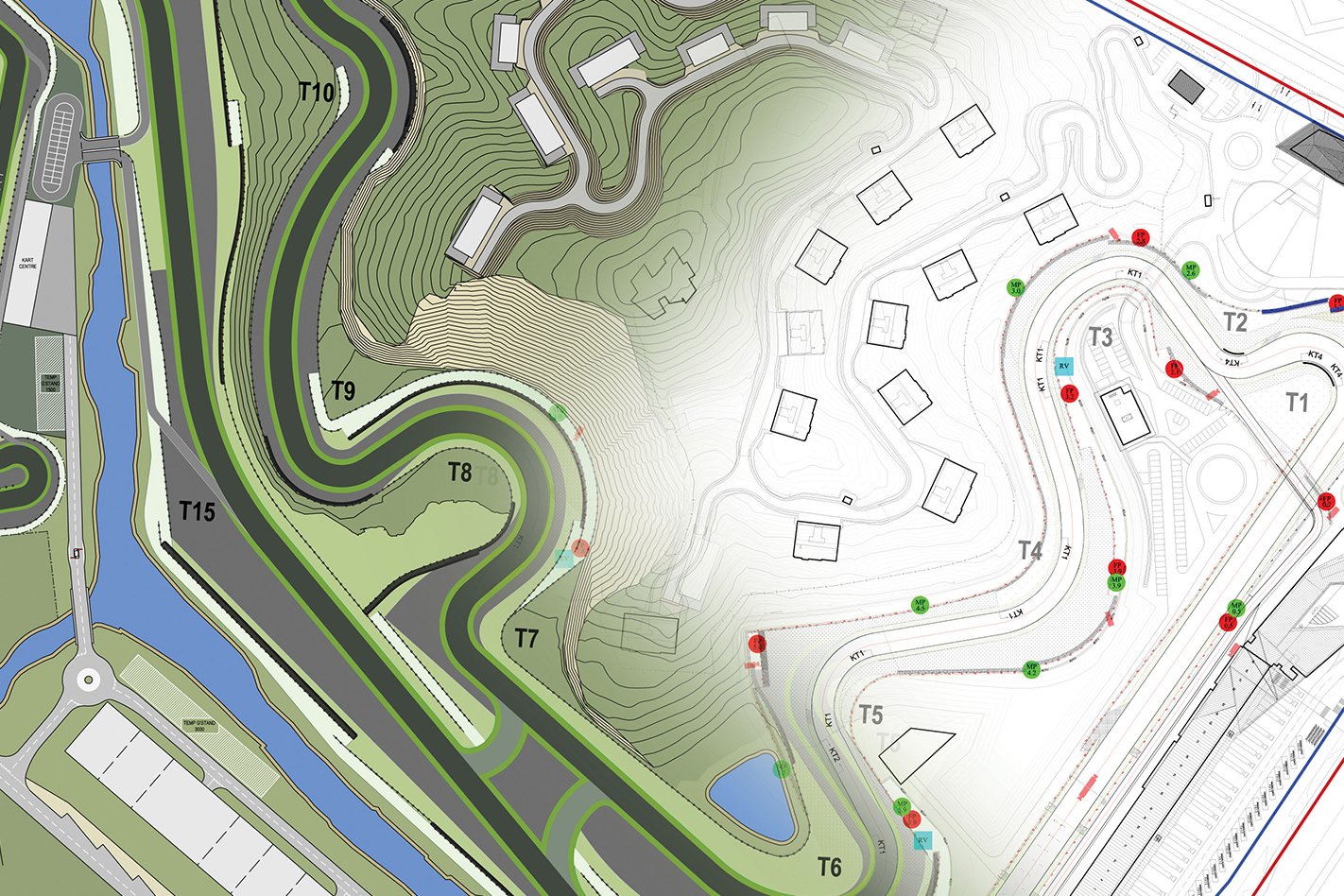
In isolation, Bowen says that designing this sorts of moment “is not difficult at all”. Standing in his team’s way, however, are a slew of governing bodies that come to the table brandishing thick, tech-dense, guidelines that dictate what Apex can and cannot build.
“If you translate those from German to English, you tend to get a set of statements,” Bowen says.
“Where if you are an English speaker, if you read a statement, you interpret it. One of the key interpretations that we have adopted from day one is a statement the FIA has that states ‘you should avoid grade change and direction change at the same time’. It doesn’t say don’t do it, just that you should avoid it. If that is translated in German, it means don’t do it.”
Bowen adds that this goes some way to explaining the forms that German designer Hermann Tilke is often derided for.
It’s not just modern regulations standing in the way of building a genuinely great racing track, it’s economics. You could build the most engaging piece of tarmac ever driven, but if the business case isn’t sustainable, it will wither and die before it ever enters the pantheon of greats.
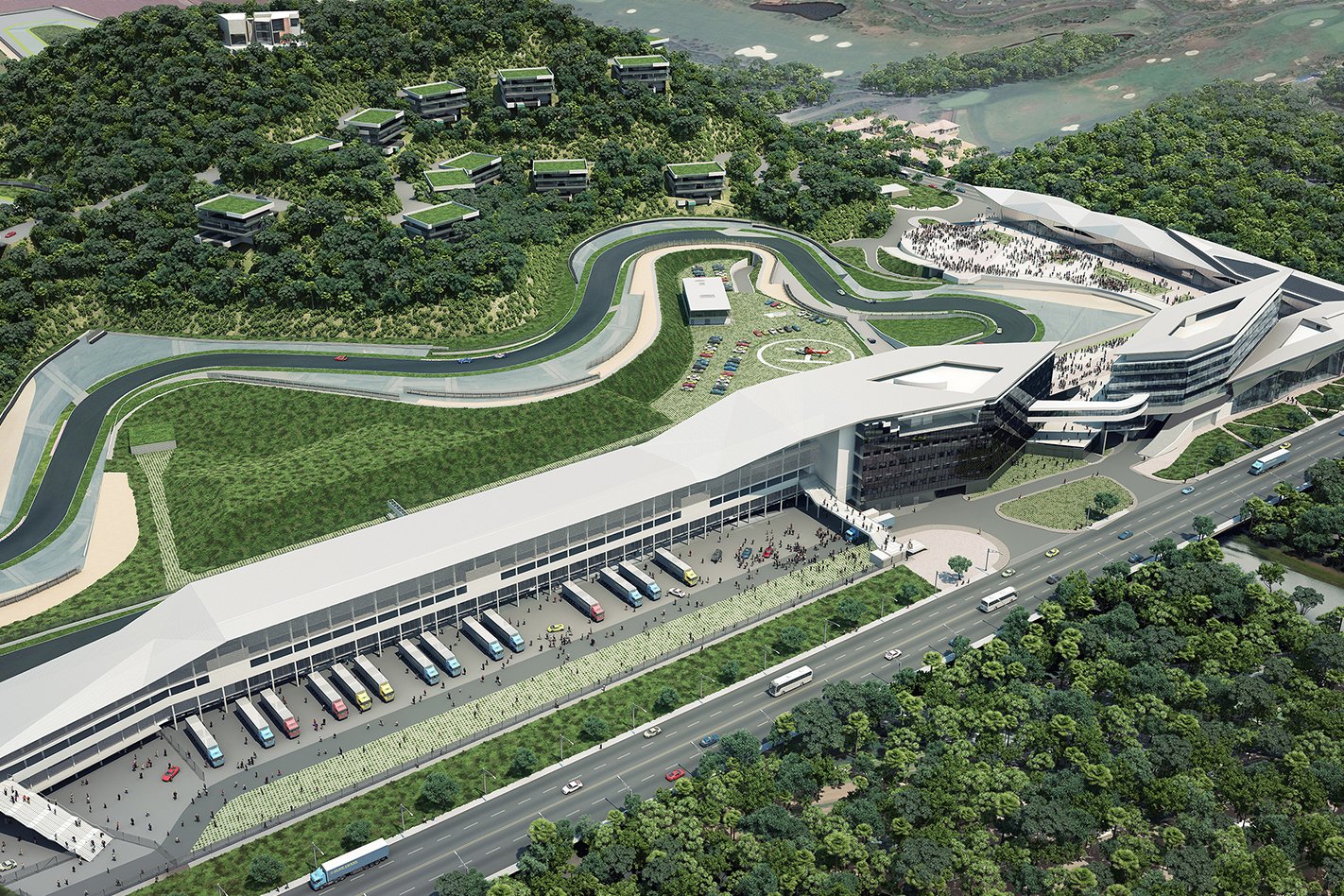
As a result, Bowen and Broom spend as much time thinking about economic strategies, footfall traffic, dwell time, property values, and asset management as they do turn radiuses and camber changes.
“Outside of the circuit design realm is one of the things that we’re desperately trying to avoid and that’s white elephants,” Broom states, referring to a circuit that is built at great expense, but fails to remain in use.
From the mid-2000s onwards, F1’s calendar has been filled with them – giant sprawling tracks that hold a few grands prix, and then lapse into irrelevance when cash reserves are depleted and global attention moves on.
“This industry has been given a bad name because of facilities that have cropped up everywhere, with no real master plan surrounding them. And so the operator is left, usually after some sort of public funding of a facility, with a circuit that’s hard to make money on. That is something that we have noted and Clive instilled in us as designers as part of this organisation, to make sure that we’re not considering the race track in isolation, we’re considering the development that surrounds it so that we make sure that the operators, the owners and the developers are making money out of the investment that they put forward.”
One of the challenges that Apex faces is instilling a belief in their clients that they don’t need an endless barrage of corners to achieve the right mix of bends.
“One of the best circuits that I know of has just six corners,” Bowen explains.
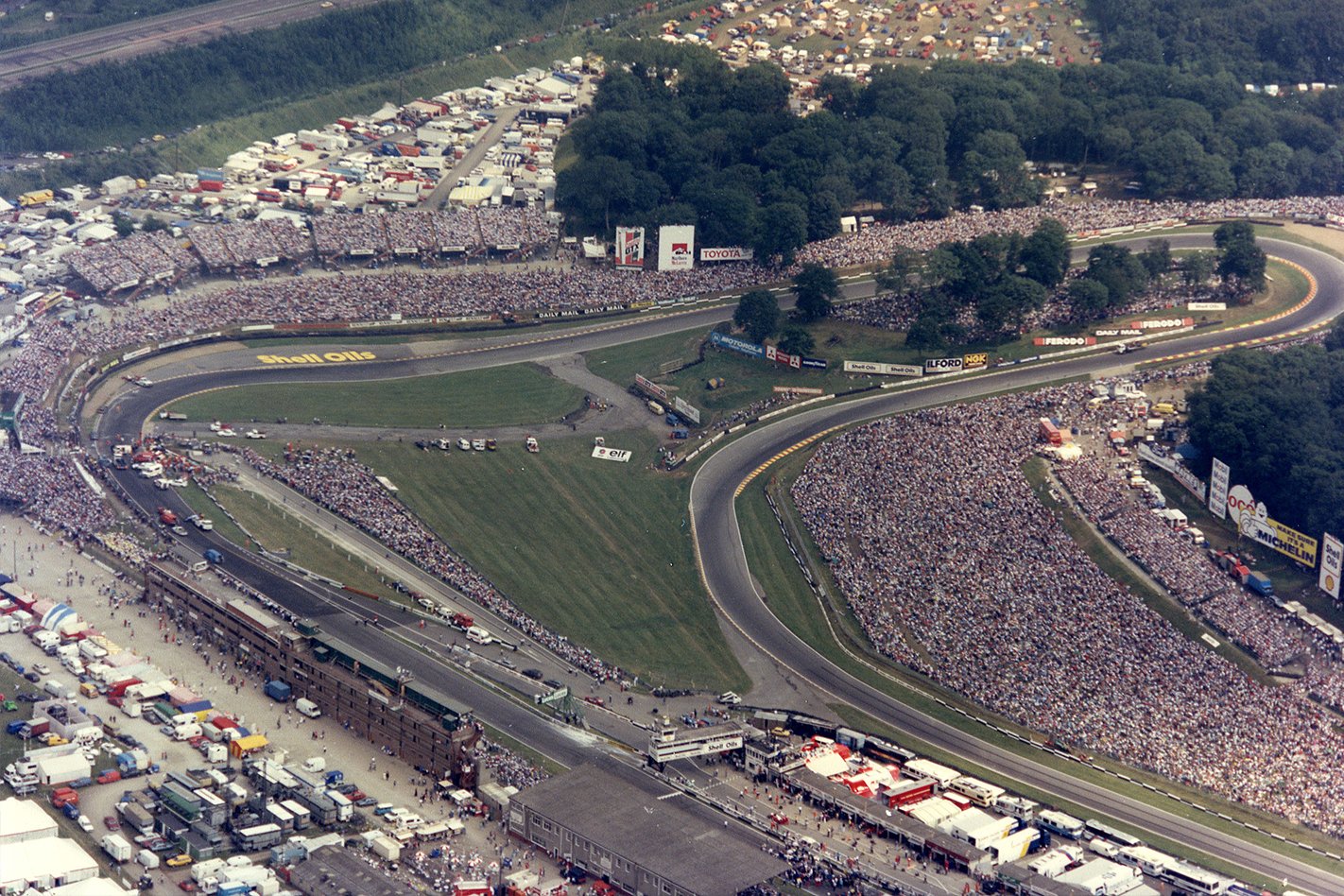
“Brands Hatch’s Indy layout in the UK is a 1.9km race track with six bends. It has one of the most iconic corners in it known as Paddock Hill, and it’s fun, it’s interesting. And because it is such a short lap time, [BTCC] touring cars take about 55 seconds to do a lap there. It sits in a bowl, so you see loads of the circuit from almost any vantage point.
“Less is often more. It is easy to get caught up in the enthusiasm to have this corner here, and this corner here, and you end up creating something that’s answering a question nobody asked.”
To get the balance right Apex works on a golden rule that balances the total number of corners against overall circuit length.
“If you look historically at race circuits, a typical F1 track with about 15 corners or so seems to offer the perfect blend of speed and corner sequencing,” Bowen adds.
“If you scale that back to a 4km kilometre track you are at about 12 corners, and again you look at the circuits that are like that, take Misano for example, the ratio of corners to length is the same. Come down again to a Grade 3 circuit of around 2.5-3.0km you need to be somewhere around eight to nine corners. If you get that ratio right, then it works, it feels right. If you have a circuit that is 2.5-3.0km and it’s got 15 or 16 corners, it’s too busy, it’s too slow, it’s a kart circuit.”

When asked what he tries to avoid when designing a circuit, Bowen is emphatic in his answer.
“Avoid a protractor,” he states firmly. “We love the idea of multi-arc corners, so you have a combination arc with the radius changing. Elliptical forms are much better than just constant radius, because they more closely follow the shape of a true vehicles’ trajectory through a corner.
“We quite like shifting the apex of a corner early or late depending on what we’re trying to achieve. So, if we have a late apex, you’re leaving the door open for somebody to dive down the inside. If you have an early apex, you’re bunching cars together because you’re setting up for a pass somewhere later on the track. The other thing you can do is to add or decrease grip levels, up to, into, through, and out of corners by putting in crests or dips. And this is where we have the greatest fun in truth, because what we’re doing is messing up the calculations by the engineer for how to set the car up.”

Bowen describes his perfect track as having a mix of high-, medium-, and low-speed sections, while maintaining that perfect ratio.
“This means that the setup of the vehicle will be compromised somewhere on the track,” he explains. “It’s down to how you can ensure the widest spread of vehicle set-ups, which then in turn results in better racing”
Both Bowen and Broom are dedicated motorsport fans themselves, so they understand why fans adore classic tracks like Spa-Francorchamps and the Nordschleife. However, the framework Apex works within now is in another universe to those fan-favourites.
“It’s very, very hard to emulate those old circuits within the constraints of modern circuit design safety standards,” Bowen admits.
“We can do our best, and I think we seem to be doing as well as we could be and possibly better than others, but the fact is that you wouldn’t be able to homologate any of those circuits today if they were new designs. But they exist and thank goodness they do.”
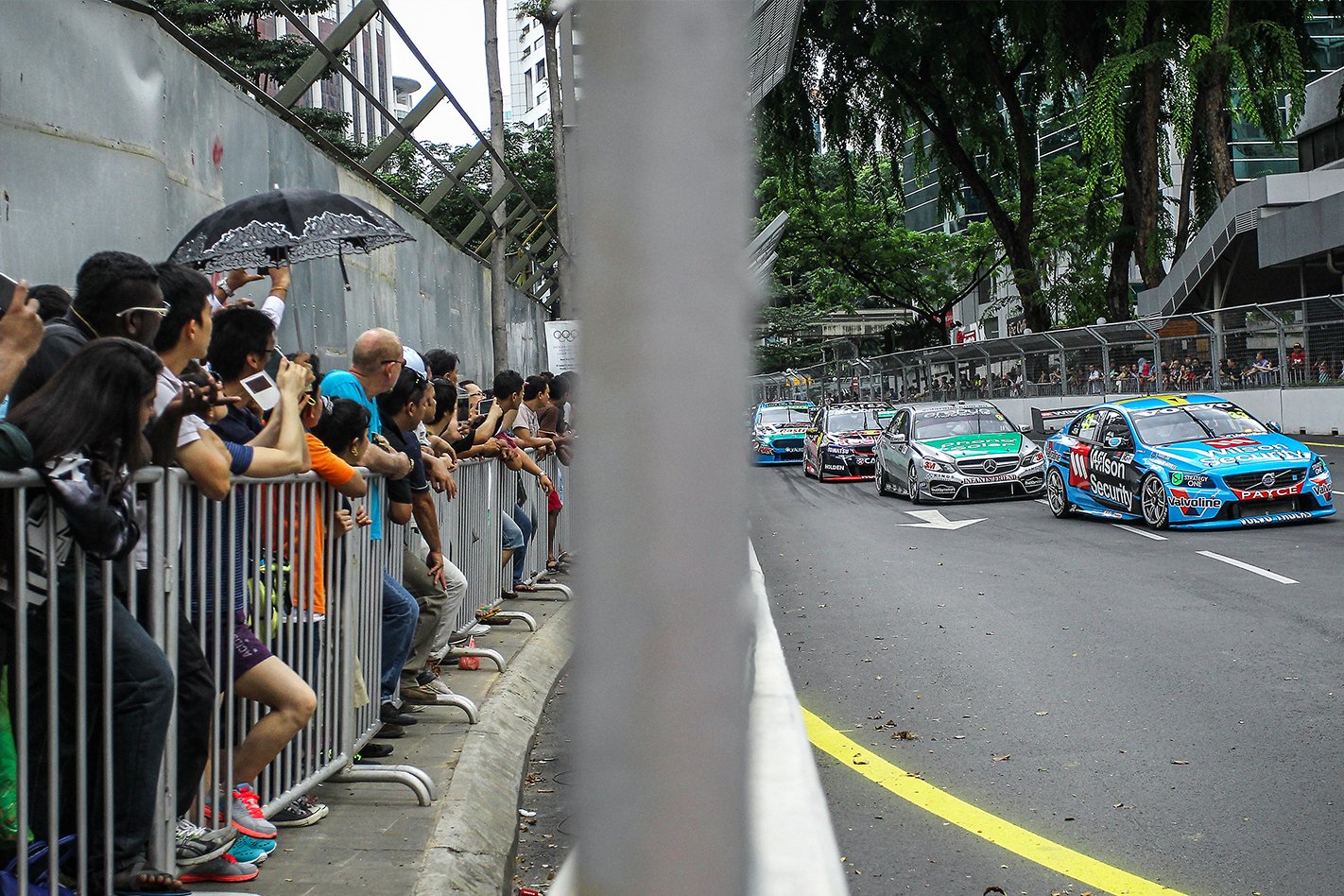
Listening to both Bowen and Broom speak is reassuring. Not only because they are clearly passionate about reinvigorating modern circuit design and ensuring that fans are as well served as track owners, but because Apex is working on designing the second circuit at Mount Panorama. No piece of bitumen is as hallowed or important to Australian motoring than Bathurst’s 6.2km tourist drive turned race track, and a new permanent addition is a big deal.
Broom is taking charge on the project, and Bowen’s advice to his lead designer is typically straightforward – “Don’t f**k it up!”
However, despite the pressure, Broom is at his most excited and enthusiastic when he begins to talk about the project.
“It’ll be an exciting track when it gets up and running … we’ve made sure there’s a lot of speed in the track, it’s very fast, because we know that Australians like to put your foot to the floor and keep it there for a while.”
Building a modern circuit is a complex, multi-faceted discipline, each aspect of the design interacting with and influencing another. With Apex at the helm, Australian race fans will soon have new tracks to challenge and intrigue them.
Erno Rubik would doubtless approve.
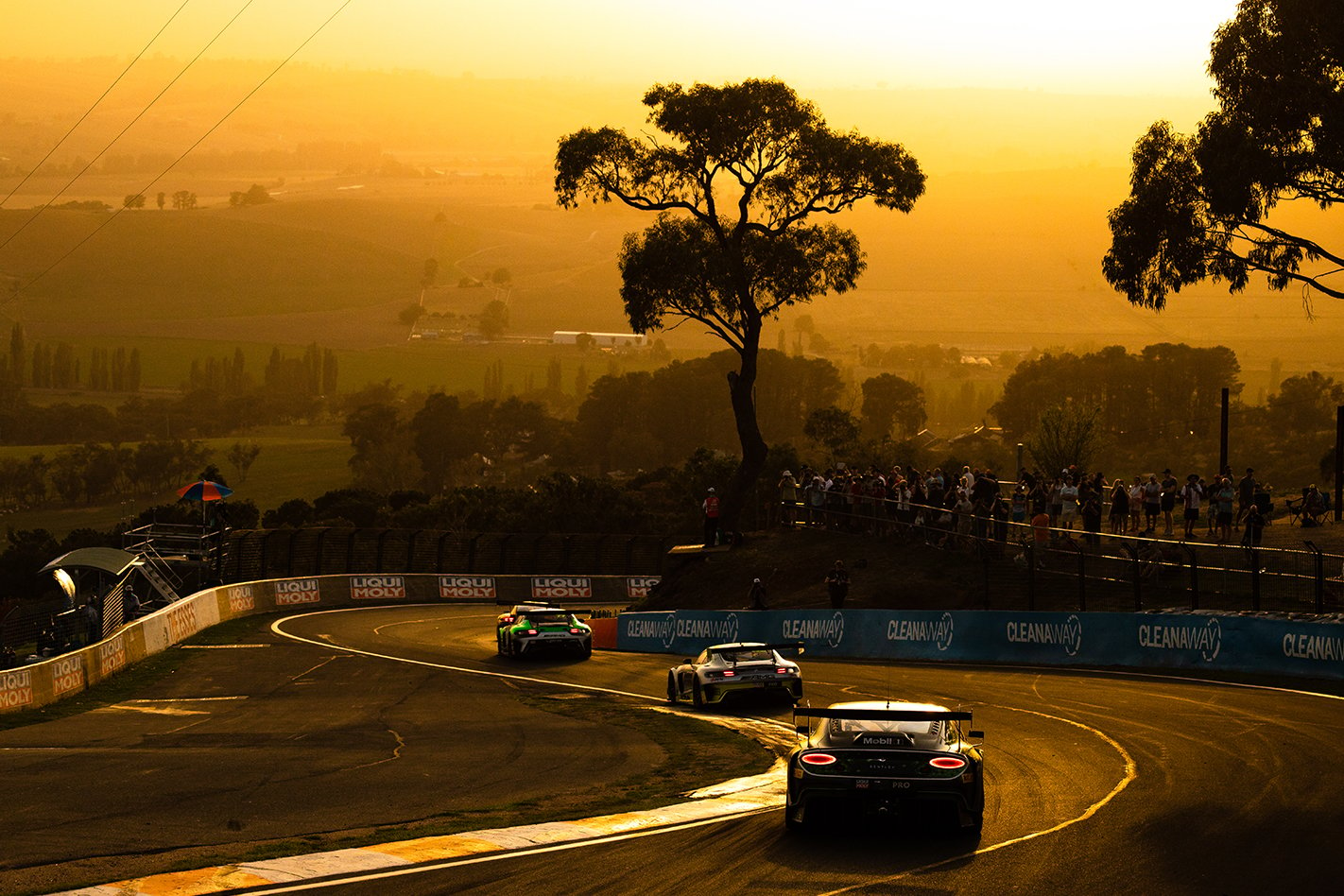
Breaking out of the box
When asked to comment on his personal favourite project, Bowen answers that he’s always looking forward to the next track.
In the process, he makes a point which hits right at the heart of an issue for many F1 fans – the calendar feels stagnant because most of it is the work of a single designer.
“[At Apex] we’ve got four designers within our team and a whole pile of other engineers,” he says.
“So that means four different personalities, four different sets of ideas. I am not prescriptive, and Dafydd isn’t either, because we believe in this idea that the personality of the individual has to be embedded in a design. And if the same individual is involved in every circuit, you end up with a cookie cutter.”
In simulations we trust
The advancement of computer simulations has changed the way race tracks are designed and built. Previously it was impossible to know what a circuit was actually like to drive until the cash had been spent and the bitumen laid down. Now, computer simulations allow Apex to get a guide before any soil is disturbed.
“We’ve moved much closer to using DIL (driver in the loop) as a means of informing our design,” Bowen says.
“So, having driver in the loop that we can do quickly, we’re now able to have a driveable model of the track layout within 24 hours of a 2D plan. It’s not pretty, it’s not textured, but it’s sufficiently detailed that you can drive it and it gigantically improves our ability to put in mistake generators. Because we’re then able to nuance the shape and form of corner sequences.”


